Nature is full of surprises, and sometimes, those surprises come in the form of animals that overcome seemingly insurmountable odds to survive. In a world where extinction seems all too common, these tenacious creatures have defied the odds and thrived. From critically endangered species making miraculous comebacks to forgotten animals rediscovered against all expectations, these stories remind us of nature’s resilience and the power of conservation. So, without further ado, let’s dive into the tales of these remarkable survivors.
1. The Bald Eagle
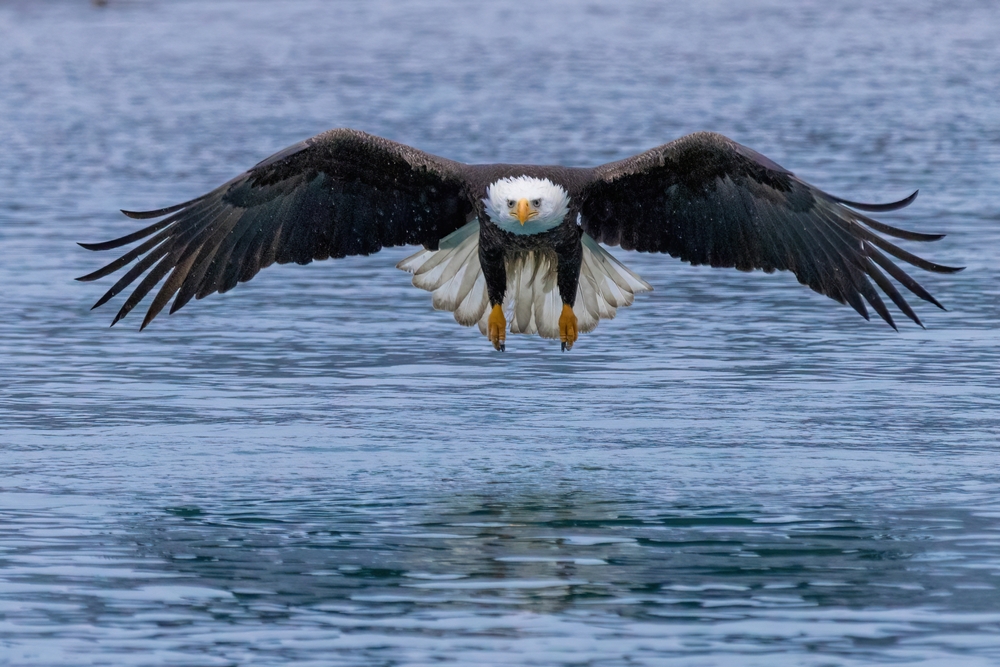
Once teetering on the edge of extinction in the contiguous United States, the bald eagle has made a soaring comeback. During the mid-20th century, habitat destruction, illegal shooting, and contamination of its food source due to DDT pesticides reduced their numbers drastically. However, thanks to intensive conservation efforts, legal protection, and banning of harmful pesticides, the bald eagle population has rebounded. According to the American Bird Conservancy, in 2007, these majestic birds were removed from the U.S. federal government’s list of endangered species. It was a conservation success story that highlighted the positive impact of dedicated efforts to protect wildlife. Today, bald eagles are a symbol of American pride and a testament to the possibility of recovery for endangered species.
The bald eagle’s recovery was not just about protecting a species; it was about restoring ecosystems. As top predators, bald eagles play a crucial role in their habitats by controlling populations of fish and other prey species. Their resurgence has had positive ripple effects throughout their ecosystems, demonstrating the interconnectedness of nature. Spotting a bald eagle in the wild is now a more common delight, offering inspiration and hope for future conservation initiatives around the world.
2. The Black-Footed Ferret
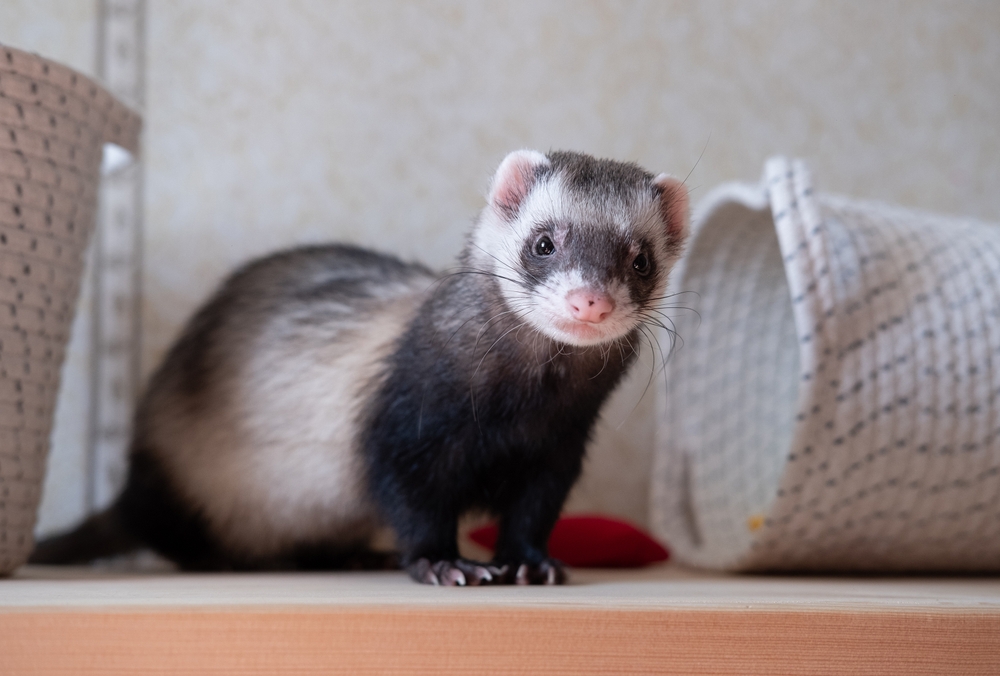
Imagine being declared extinct only to make a miraculous return. That’s the story of the black-footed ferret, once thought to be completely wiped out by the 1980s due to habitat loss and disease. In a twist of fate, a small population was discovered in Wyoming, sparking a major conservation effort. Captive breeding programs and reintroduction strategies have brought this masked bandit back from the brink. While it remains one of North America’s most endangered mammals, significant strides have been made in its conservation. According to the World Wildlife Fund, there are several hundred individuals in the wild, highlighting the effectiveness of coordinated recovery initiatives.
The black-footed ferret’s story underscores the importance of preserving entire ecosystems, not just individual species. It also highlights the impact of human intervention in wildlife conservation. By ensuring the health of prairie dog colonies, the primary food and habitat source for these ferrets, we can help maintain their populations. The tale of the black-footed ferret is a reminder of the delicate balance within ecosystems and the role we play in nurturing them.
3. The Amur Leopard
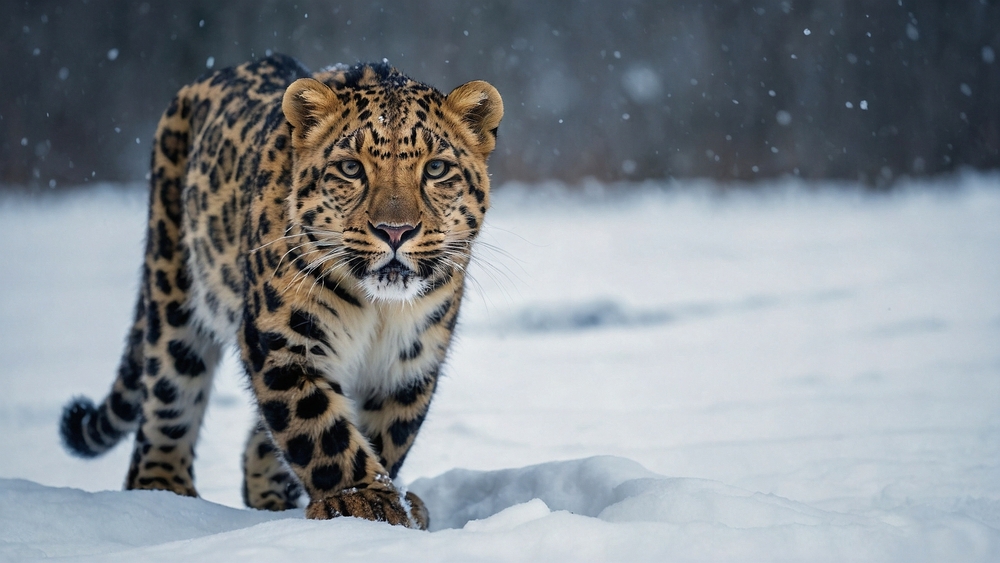
With fewer than 30 individuals left in the wild at one point, the Amur leopard was one of the rarest cats on Earth. Living in the temperate forests of the Russian Far East and northeastern China, these elusive leopards faced threats from poaching, habitat loss, and prey depletion. However, through international cooperation and dedicated conservation work, their numbers have slowly increased. Protected areas have been established, anti-poaching efforts intensified, and sustainable community initiatives implemented to ensure a future for these spotted beauties. Their population has now doubled, offering a glimmer of hope for their continued survival.
The story of the Amur leopard is a powerful example of how global collaboration can lead to positive outcomes for endangered species. By addressing threats at multiple levels and engaging local communities, the conservation teams have paved a path for long-term preservation. It serves as a model for how conservation can transcend borders and unite people for a common cause, proving that even the world’s rarest animals have a fighting chance.
4. The Kakapo
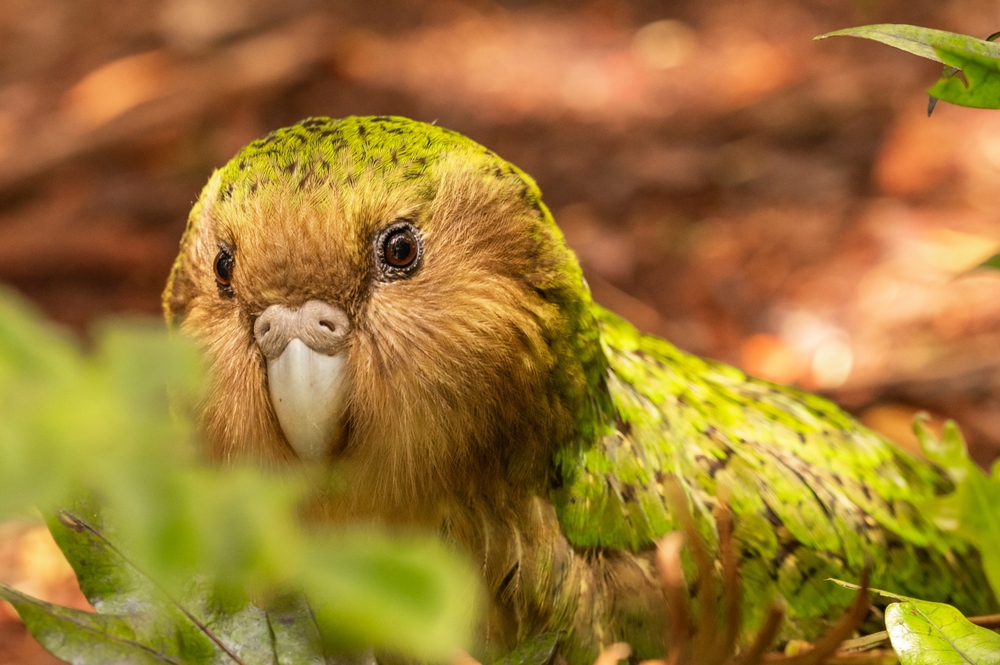
Meet the kakapo, a flightless, nocturnal parrot from New Zealand that has flirted with extinction for decades. Known for its owl-like face and endearing personality, the kakapo once flourished across New Zealand. However, introduced predators and habitat destruction led to a sharp decline in their population. Thanks to intensive conservation efforts, including predator-free island sanctuaries and a dedicated breeding program, the kakapo population is steadily increasing. While still critically endangered, every new chick brings renewed hope for the species’ survival.
The kakapo’s recovery journey is a story of innovation and perseverance. Conservationists have employed cutting-edge technologies, such as artificial insemination and genetic management, to boost the population. Public engagement and education have also played crucial roles, raising awareness and support for these unique birds. The kakapo continues to capture hearts worldwide, serving as a symbol of New Zealand’s commitment to preserving its natural heritage.
5. The California Condor
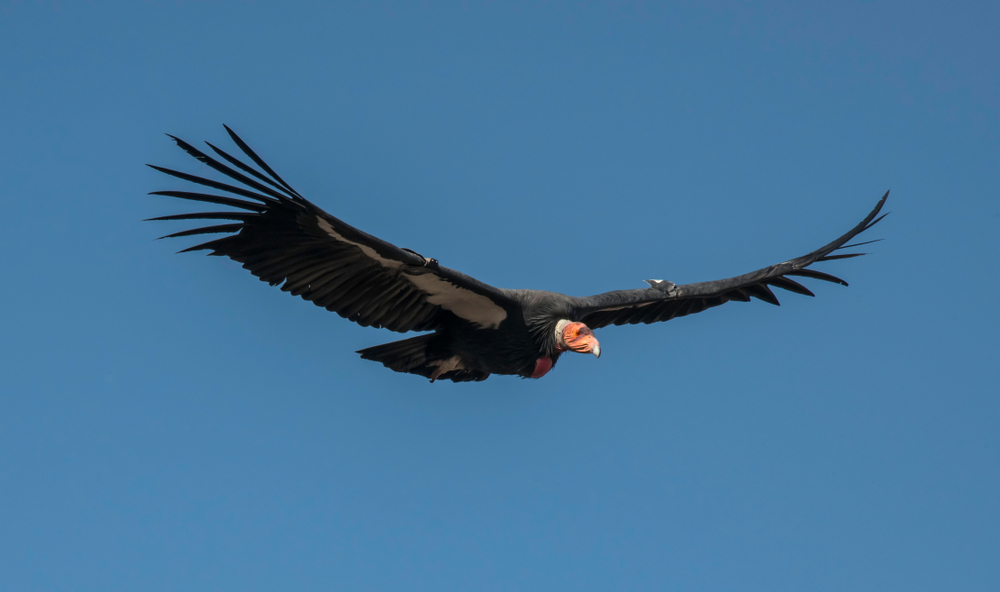
Imagine a bird with a wingspan of nearly 10 feet that was once down to just 27 individuals. The California condor faced extinction due to lead poisoning, habitat destruction, and poaching. In a bold move, all remaining wild condors were captured in the 1980s for a captive breeding program. This controversial decision paid off, and the population has since increased to over 500 individuals, with more than half flying free in the wild. The condor’s story is a testament to the potential of human intervention to reverse nature’s decline.
The resurgence of the California condor has had a profound impact on the ecosystems they inhabit. As scavengers, condors play a critical role in maintaining the health of their environments by cleaning up carcasses. Their recovery also highlights the need for continued vigilance, as threats like lead poisoning from spent ammunition still persist. The California condor’s journey from the brink of extinction to recovery is a beacon of hope for conservationists worldwide.
6. The Przewalski’s Horse
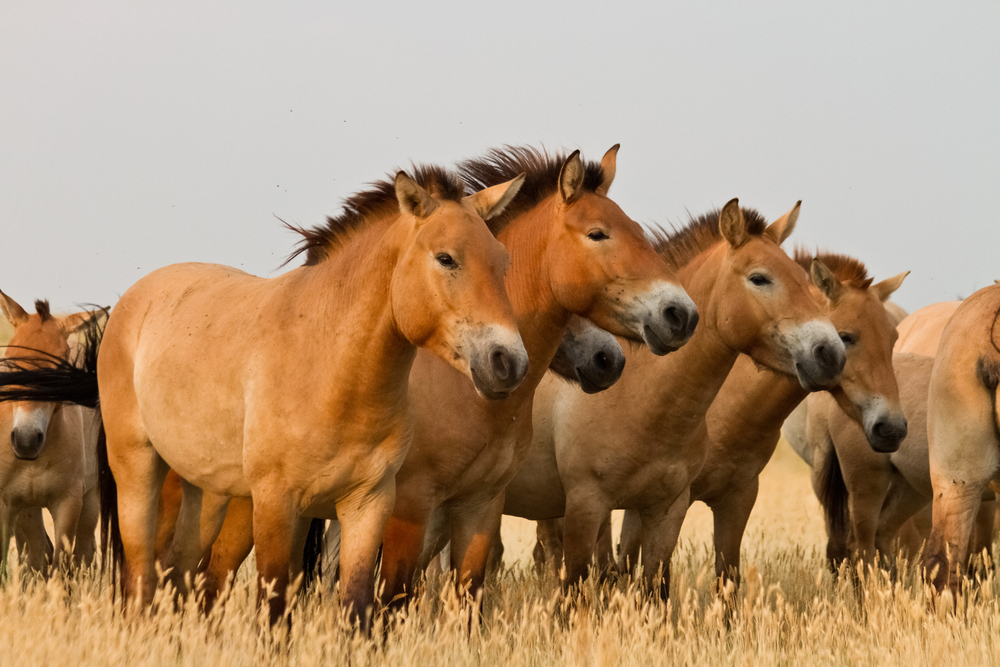
Once declared extinct in the wild, Przewalski’s horse, the only true wild horse species left, has galloped back into existence. Native to the steppes of Central Asia, these horses faced severe population declines due to hunting and habitat loss. Fortunately, a small number of individuals survived in captivity, and extensive breeding and reintroduction programs have helped restore populations in their native habitats. Today, several hundred Przewalski’s horses roam the Mongolian steppes, symbolizing resilience and the power of conservation.
The revival of Przewalski’s horse underscores the importance of genetic diversity and careful management in conservation. By maintaining a robust captive population, conservationists have ensured a genetic reservoir for future generations. The successful reintroduction of these horses has also rekindled interest in preserving the unique ecosystems they inhabit. Przewalski’s horse serves as a living reminder that even species once thought lost can be brought back from the brink with determination and collaboration.
7. The Hawaiian Monk Seal
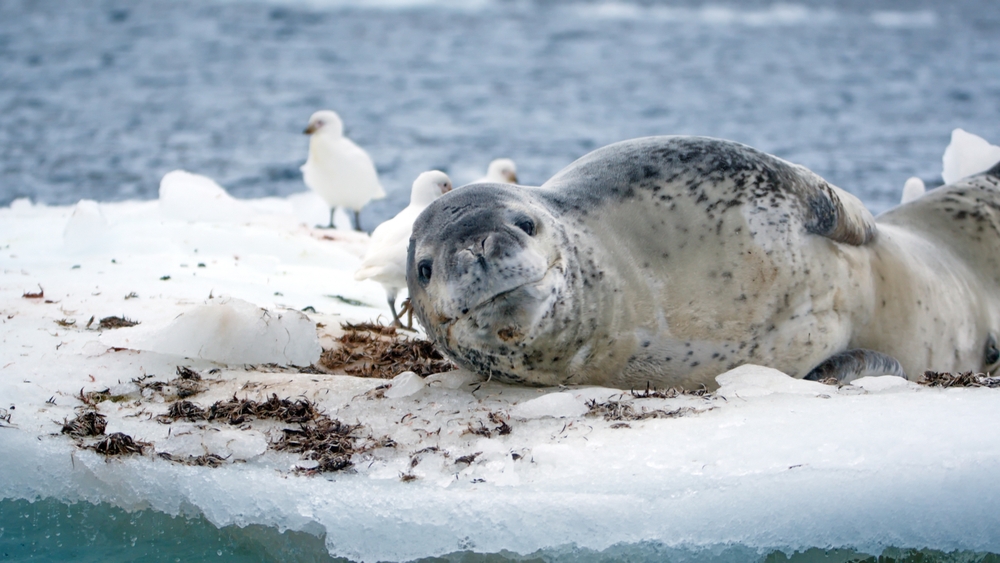
As one of the most endangered marine mammals, the Hawaiian monk seal has faced numerous challenges, including entanglement, disease, and habitat loss. Conservationists have been working tirelessly to protect these seals, implementing measures such as habitat restoration, predator control, and health interventions. Thanks to these efforts, the monk seal population has seen a slight but steady increase in recent years. This small victory is a promising sign for the future of this unique species.
The Hawaiian monk seal’s resurgence is a testament to targeted and adaptive conservation strategies. By addressing specific threats and engaging local communities, conservationists have created a framework for success. Collaborative efforts with federal, state, and local partners have been crucial in ensuring the monk seals have a fighting chance. The tale of the Hawaiian monk seal reminds us of the interconnectedness of land and sea, and the importance of holistic conservation approaches.
8. The Giant Panda
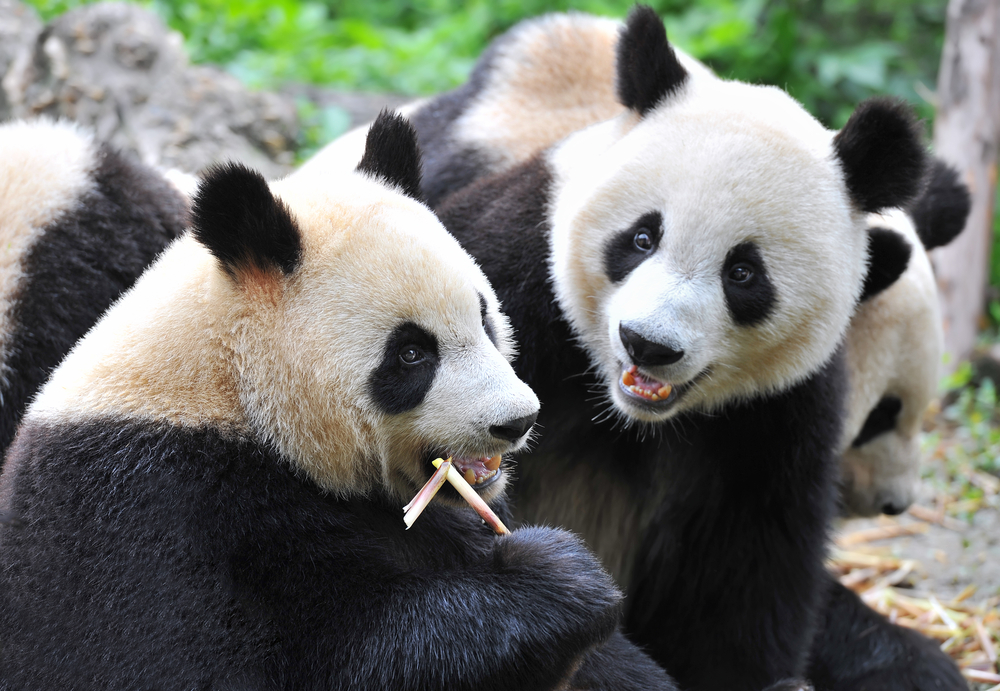
Who doesn’t love a giant panda? Once the poster child for endangered species, the giant panda has made a remarkable comeback. Native to China, these bamboo-loving bears faced dire threats from habitat loss and low birth rates. However, through extensive conservation efforts, including habitat preservation and breeding programs, the giant panda’s status has been downgraded from “endangered” to “vulnerable.” This significant achievement has been celebrated worldwide as a symbol of effective conservation.
The giant panda’s recovery highlights the importance of international collaboration and sustained commitment to conservation. By creating and expanding protected areas, efforts have safeguarded the panda’s critical habitats. Moreover, pandas have become ambassadors for wildlife conservation, raising awareness and funding for broader environmental initiatives. The giant panda’s success story offers hope and inspiration for the protection of other endangered species around the world.
9. The Arabian Oryx
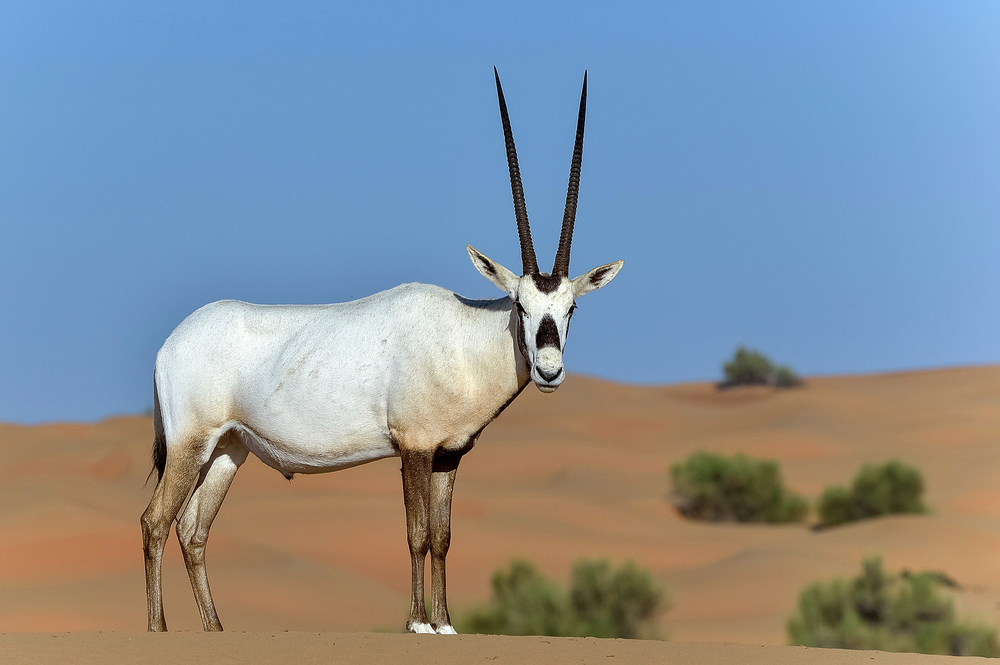
Once extinct in the wild, the Arabian oryx has made a stunning return to its desert habitat. Overhunting and habitat loss pushed these iconic animals to the brink of extinction. However, a global captive breeding program and subsequent reintroductions have been instrumental in their recovery. Today, there are several hundred Arabian oryx roaming freely across their native range, a triumph of international conservation efforts.
The comeback of the Arabian oryx is a powerful example of how species can be successfully reintroduced to their natural habitats. The collaborative efforts of zoos, governments, and conservationists have been critical in ensuring the long-term survival of these animals. The Arabian oryx serves as a symbol of hope for the conservation community, illustrating that with the right strategies and cooperation, extinction is not inevitable.
10. The Mountain Gorilla
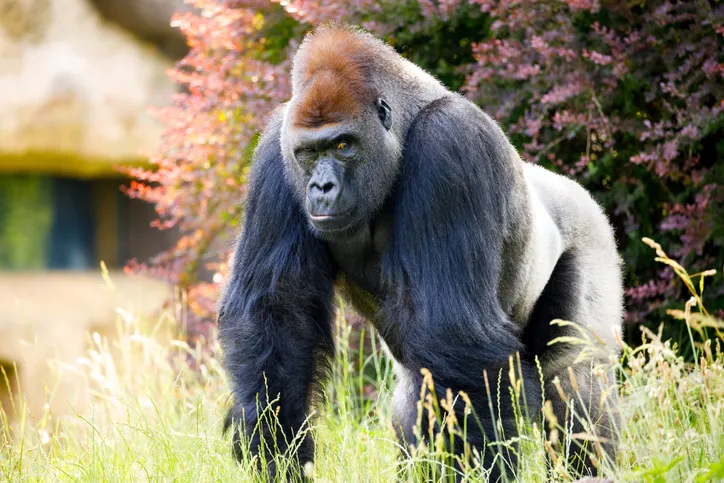
Mountain gorillas, made famous by Dian Fossey, were once considered critically endangered with only a few hundred individuals left. Facing threats from poaching, habitat loss, and disease, their future looked bleak. However, intensive conservation efforts, including anti-poaching patrols and habitat protection, have led to a population increase. Today, there are over 1,000 mountain gorillas thriving in the wild, a remarkable turnaround for this iconic species.
The resurgence of the mountain gorilla is a testament to the power of community-based conservation. Engaging local communities and fostering eco-tourism have provided economic incentives to protect these magnificent creatures. The story of the mountain gorilla is a shining example of how focused conservation strategies can bring threatened species back from the brink, offering hope and inspiration for future efforts worldwide.
